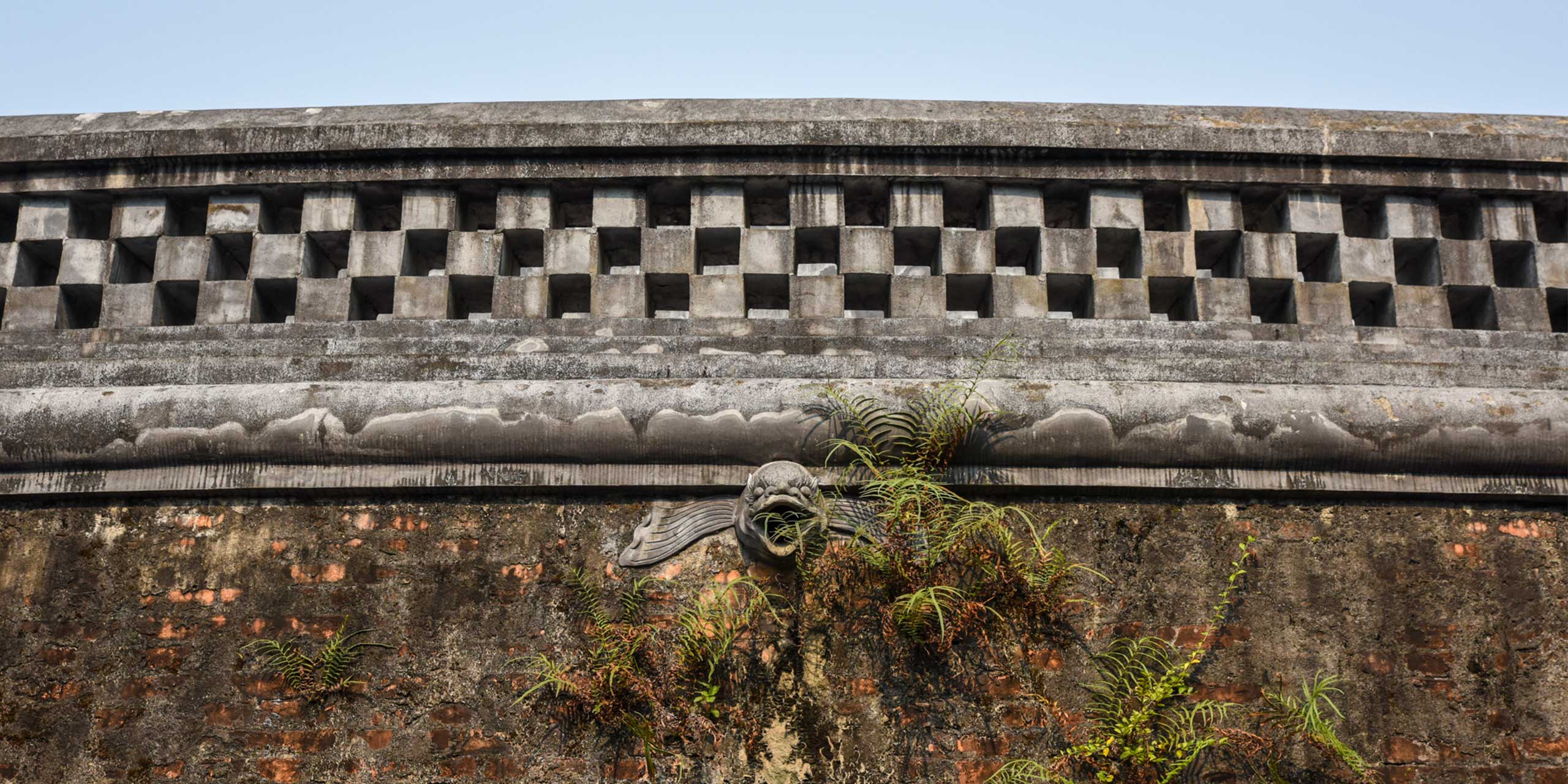
It must have been absolute bedlam. A crowd gripped by bloodlust, leaning over the edge of a stone wall, bellowing at the frenzied combatants below. Sharp claws ripped into flesh, fearsome men swung swords, and giant feet pounded the turf.
Death was not guaranteed. But it was a distinct possibility when this scheduled spectacle of violence unfolded here 200 years ago in Vietnam’s Ho Quyen, also known as the Tiger Arena. This ancient stone stadium, in the central coast city of Hue, was built to host extraordinary bouts between giant cats and elephant-riding Imperial soldiers.
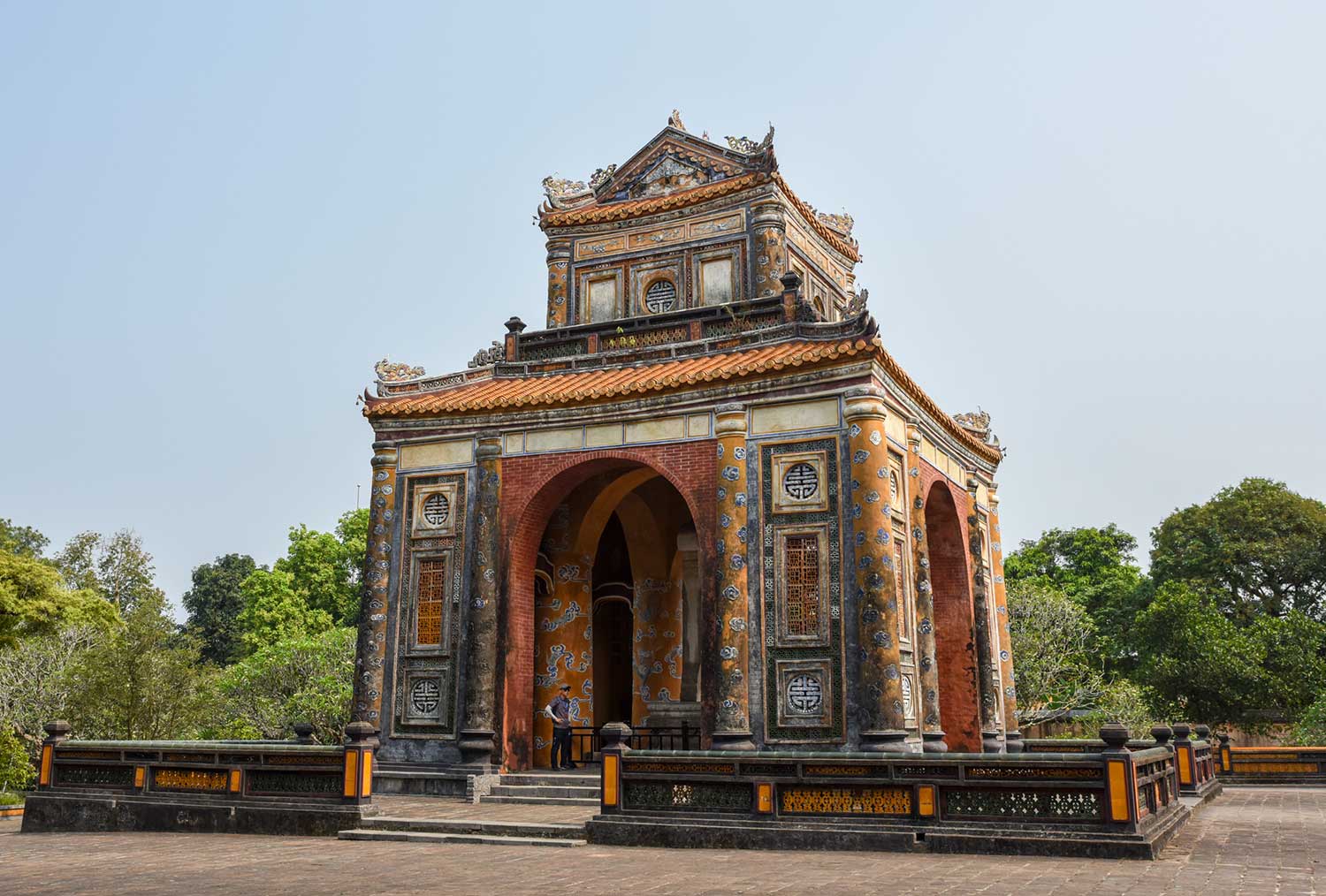
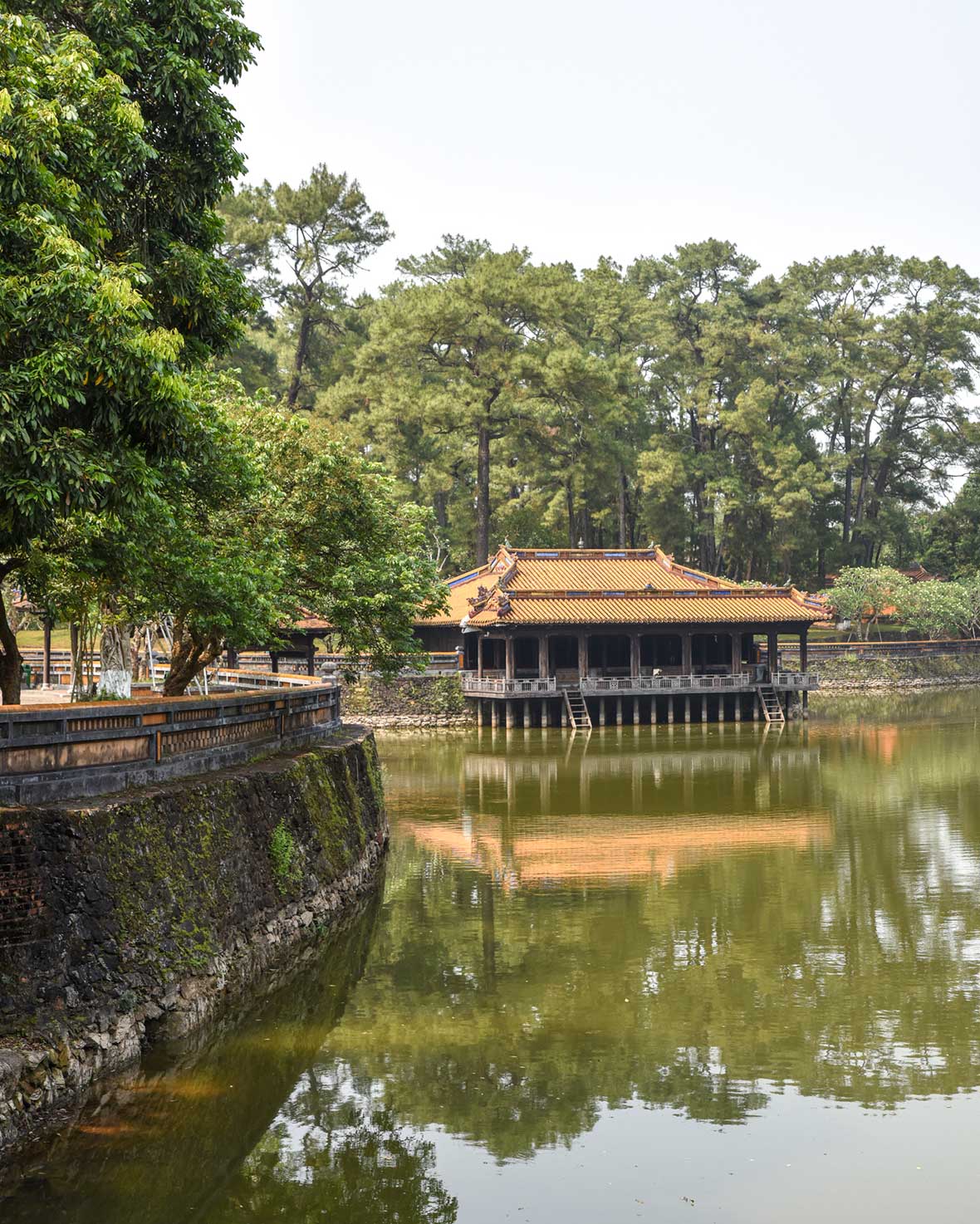
I’m a sucker for such curious historical sites. In Edinburgh, I spent more time following the trail of an ancient serial killer than admiring its iconic castle. In Tokyo, I skipped the Imperial Palace to track down Shinto shrines haunted by shapeshifting foxes. In London, while tourists flocked Piccadilly Circus, I visited the tomb of a Nazi dog named Giro.
So, when the name Tiger Arena came into view on my Google Maps app, I immediately made a detour. This I had to see. At the time, I had a driver ferrying me between the cluster of impressive Imperial mausoleums south of Hue city centre. One of the tombs on my list was home to the resting soul of Emperor Minh Mang.
From 1820 to 1840, he was the second king of the Nguyen Dynasty, which ruled a swathe of Vietnam from its headquarters in Hue. During his reign, Minh Mang commissioned a trove of impressive structures, including his own mausoleum, which is a sprawling, impressive complex of 40 buildings on the banks of Hue’s Perfume River.
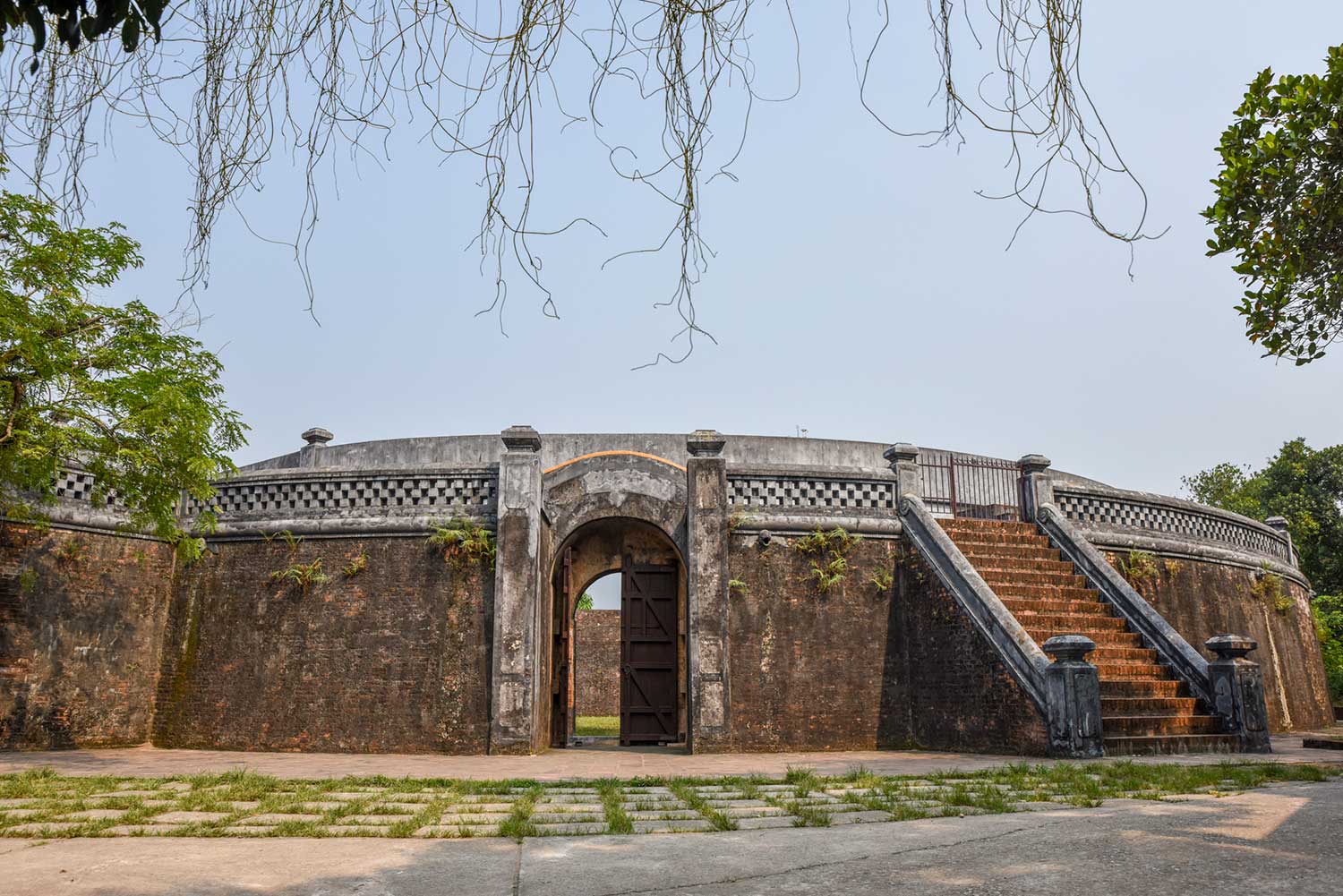
It is Minh Mang’s fault that I didn’t see him that day. As strange as it seems to apportion blame to the long deceased, the reason I had no time to visit the late Emperor’s tomb was due to being sidetracked by the Tiger Arena, a fascinating facility that he built.
Although, I almost missed that site too. In the end, it was a simple nod of the head that ensured I didn’t abandon my spur-of-the-moment search for this unique site. Because my driver seemed annoyed by the narrow, bumpy road I sent him down seeking the Tiger Arena, and this poor infrastructure and the absence of any signage suggested this site couldn’t be very significant.
But then, as we slowed to make way for an oncoming cyclist, I leaned out the window to chat to them. “Is the Tiger Arena worth it?” I asked this young Spanish man. Out of breath, he just moved his head up and down, accompanied by a smile, and so on we went.
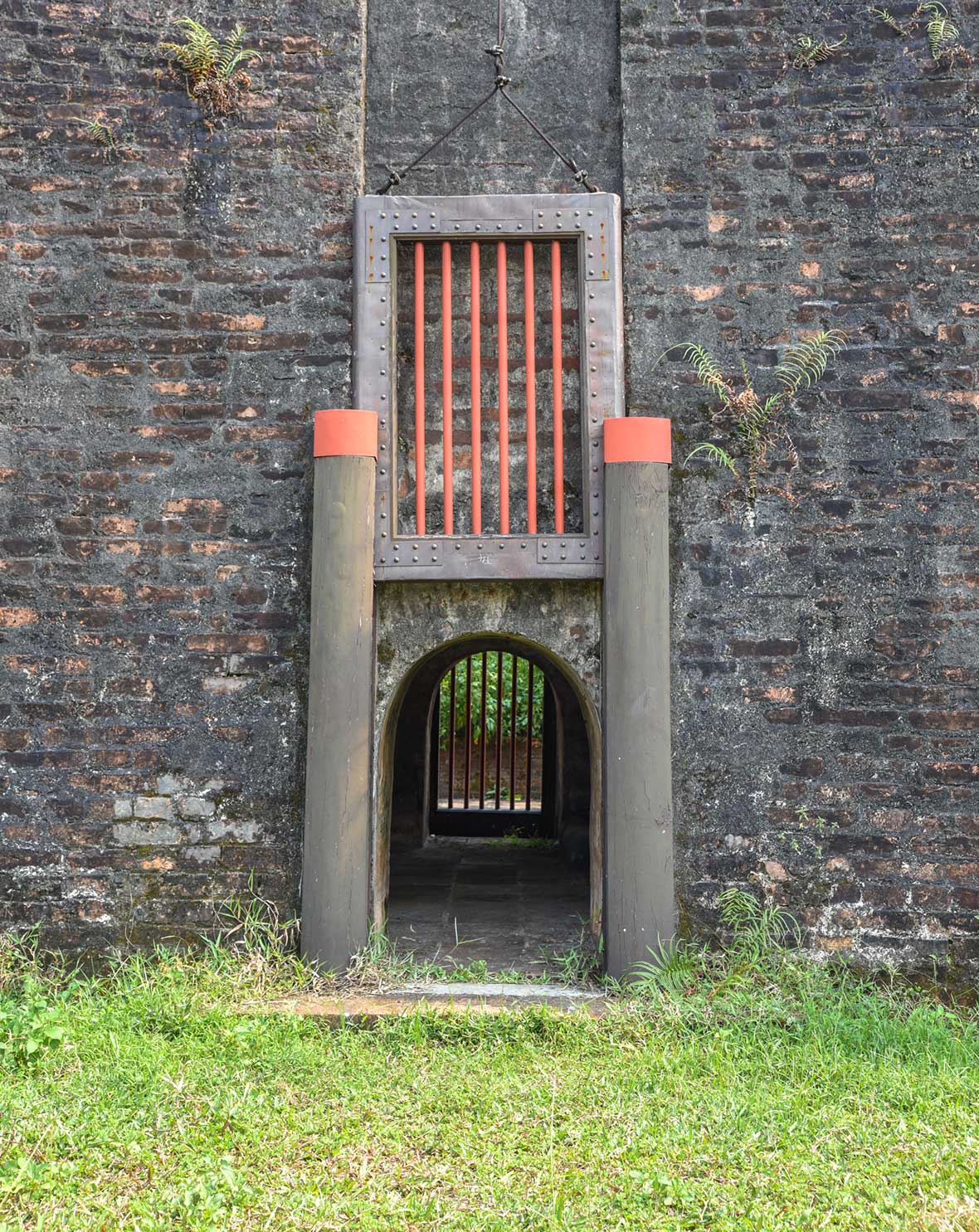
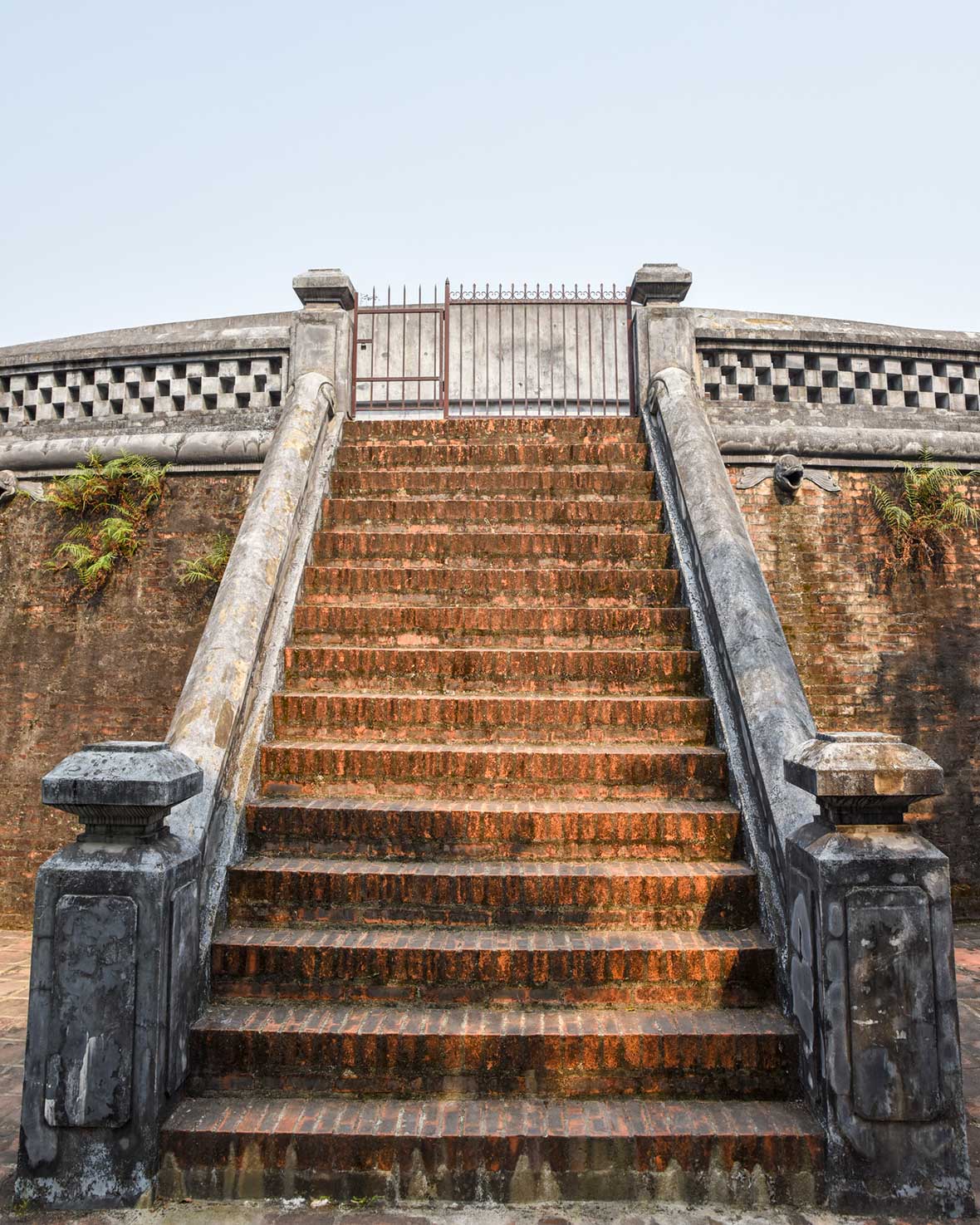
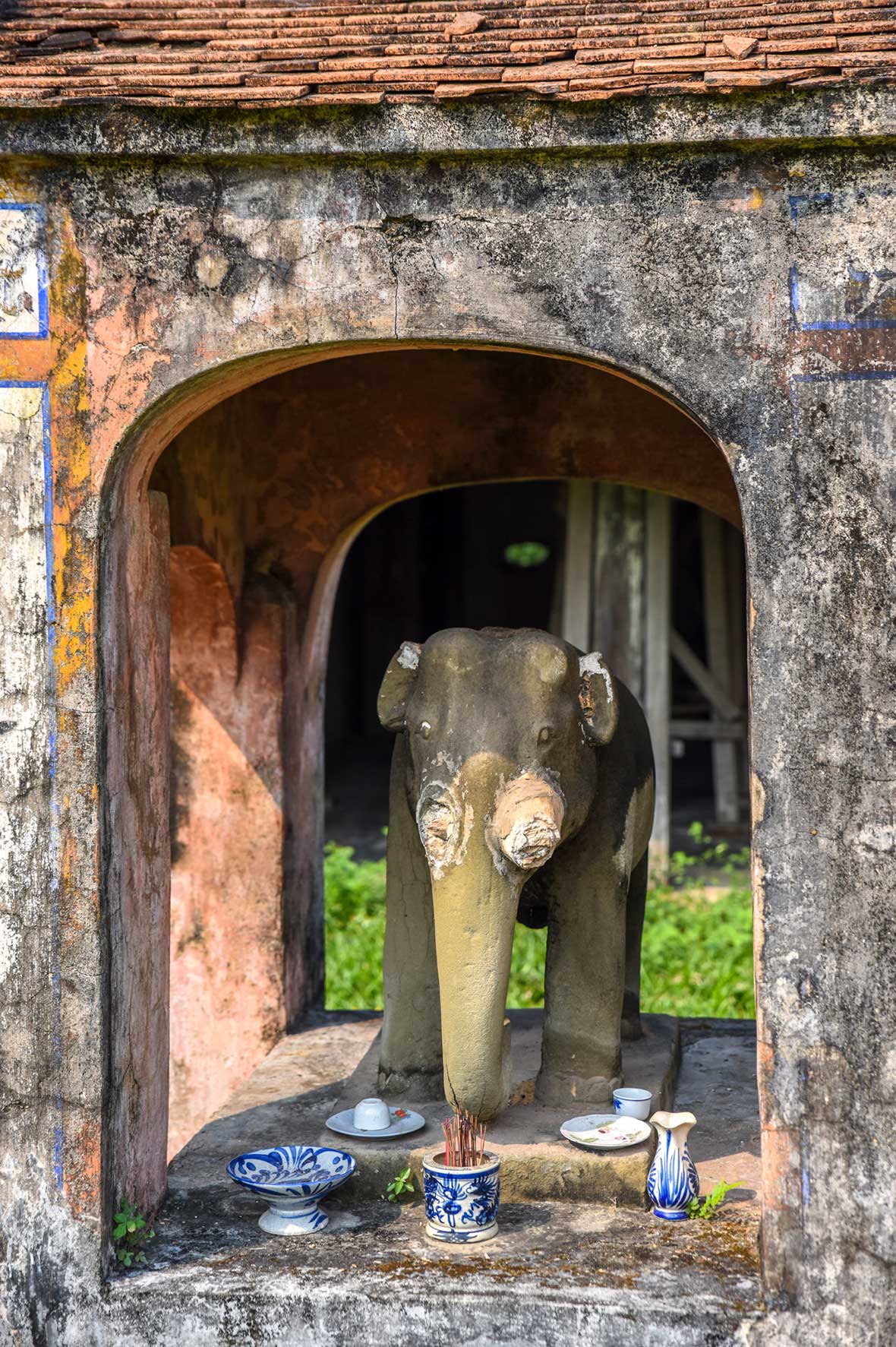
Soon the jungle parted to reveal a surprisingly grand arena, which teleported me back to my youth. I was a macho 17-year-old lad when Gladiator was released. That Hollywood blockbuster, starring Russell Crowe, transfixed me with its bloody tale of a Roman general demoted to fighting for his life against beasts and human foes inside Rome’s famed Colosseum.
These days that 1,900-year-old arena is one of Europe’s most-visited tourist attractions. But as the movie depicted, it was once a stadium of savagery, with highly skilled gladiators pitted in survive-or-perish battles against lions, bears, tigers, rhinos, crocodiles and elephants.
Two of those species are key to the extraordinary history of this concealed wonder in Hue. Elephants have long had exalted status in Vietnam. Their image graces bronze drums from Vietnam’s Dong Son era, more than 2,000 years ago. During that period, Vietnam’s courageous Trung sisters defeated China’s occupying Han Dynasty, and artworks celebrating their feat often depict them wielding swords as they ride elephants.
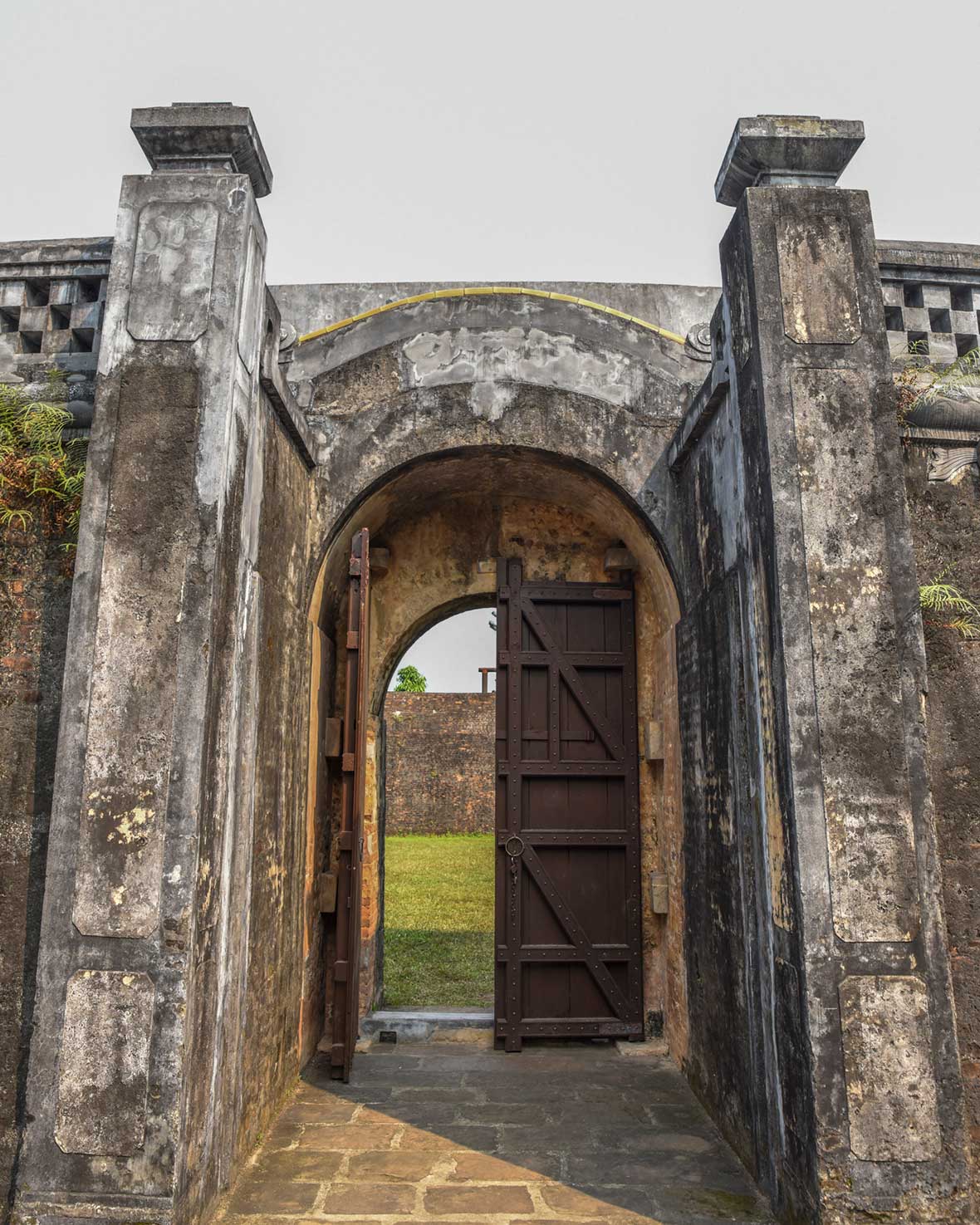
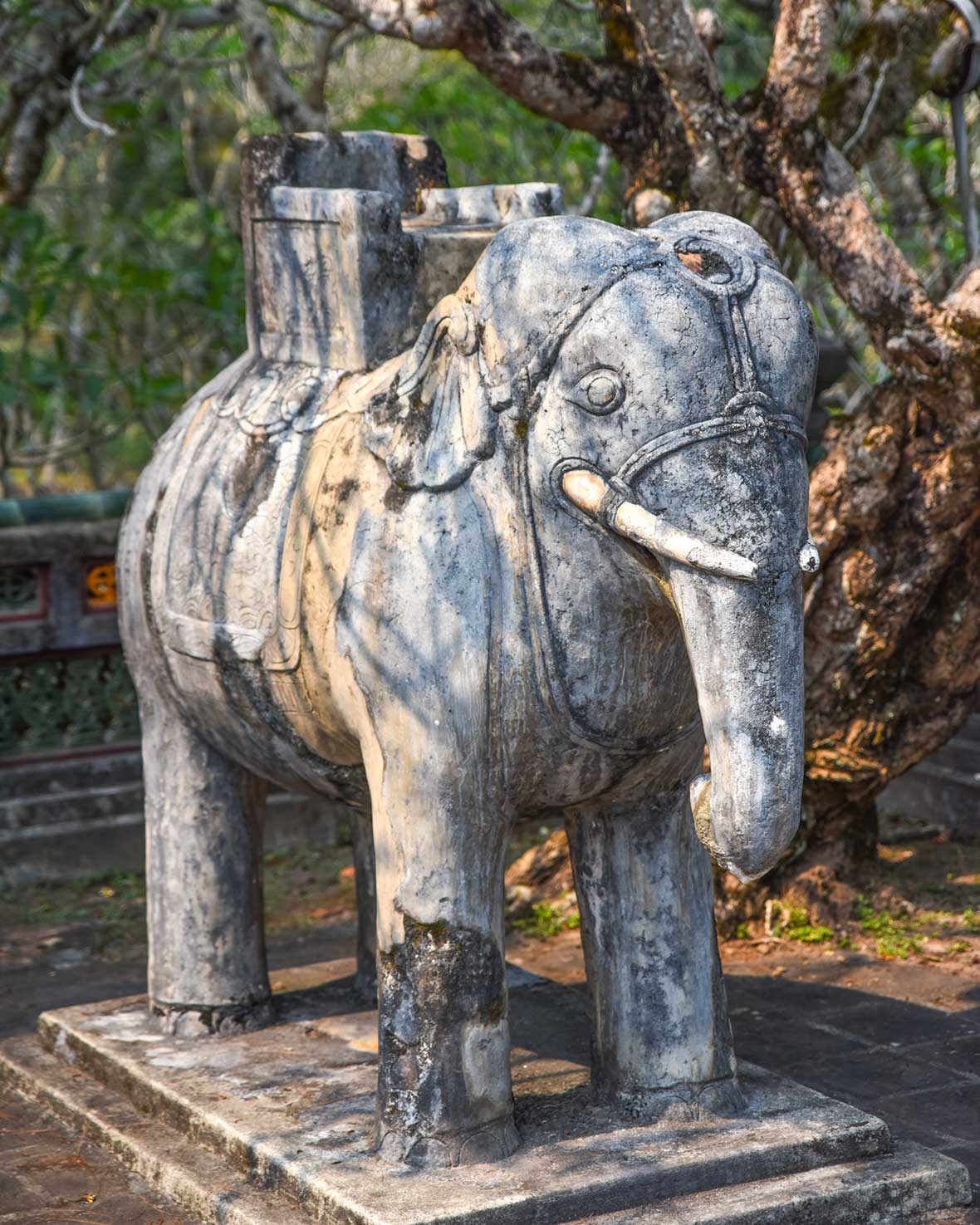
Throughout the many centuries that followed that event, Vietnamese military forces often used elephants. In the early 1800s, the Nguyen Dynasty prepared its Imperial Army to defend its territory from an assortment of regional adversaries. A core part of its defense strategy was deploying its unit of several hundred elephants.
Those lumbering animals, and the soldiers who rode them, trained for war at the Tiger Arena. In 1830, Minh Mang built this circular structure, which is 44m across, and surrounded by 6m high walls. I entered this unique building via the same 6m-tall gate once used by the elephants.
As I stood in the middle of the arena’s grassy lawn, I did a slow, 360-degree turn and pictured the chaos that erupted here on a regular basis during these training sessions. Above me, ringing the entire venue, is a seating deck where audiences gathered to watch armed soldiers fighting off the tigers that leapt at them, and their elephants.
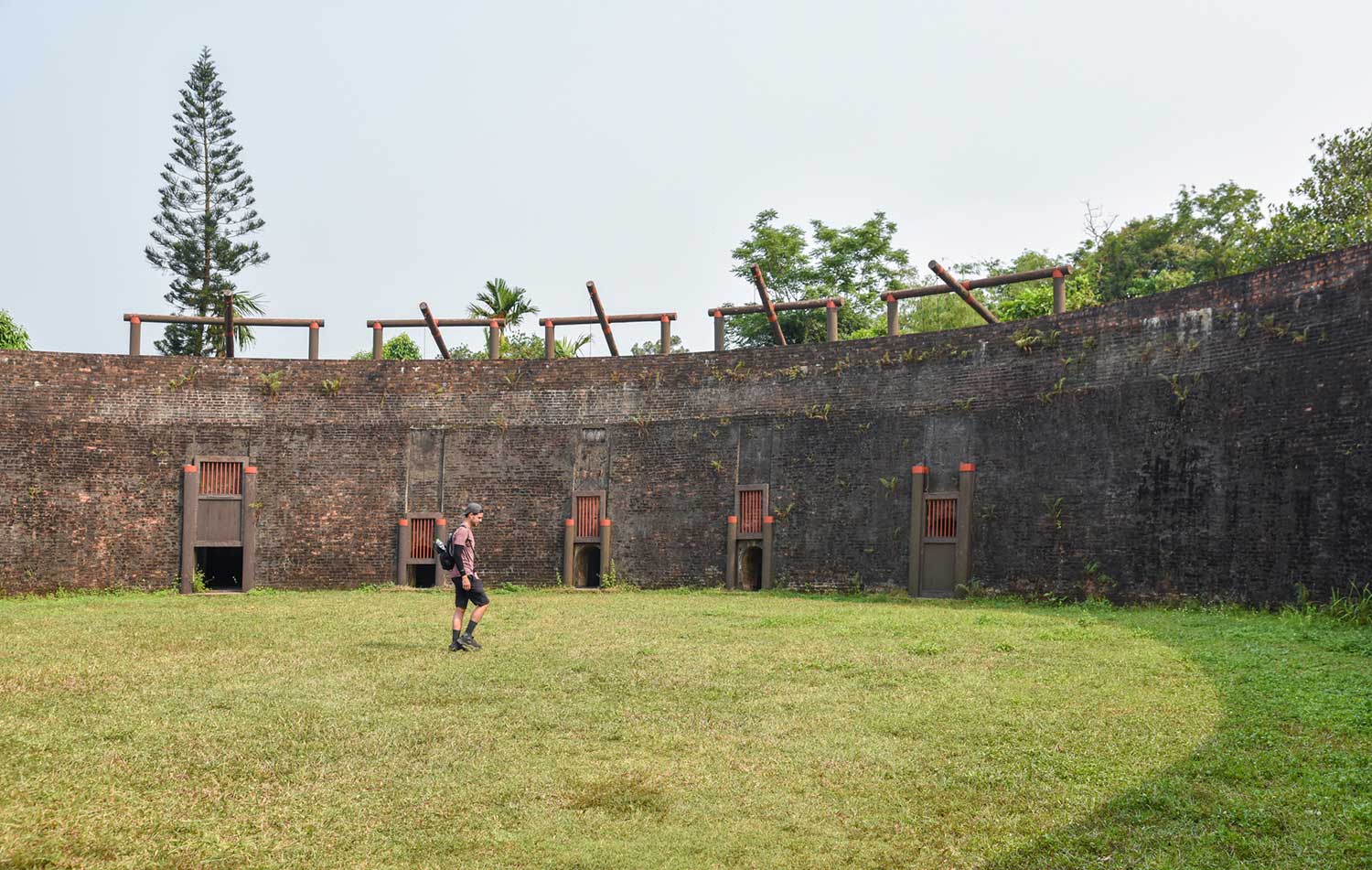
The five caged doors behind which those predators were kept are still intact. In fact, the entire arena is in pristine condition considering it was mothballed in 1904 during the reign of Emperor Thanh Thai. By then, the French had seized Vietnam, whose elephant units had been exposed as antiquated and largely useless.
Now, more than a century later, the Tiger Arena exists in relative anonymity. It is overshadowed by the nearby Imperial tombs, but is waiting to bewitch any tourist who makes the effort to detour through forest in search of the Vietnamese version of Rome’s revered Colosseum.
